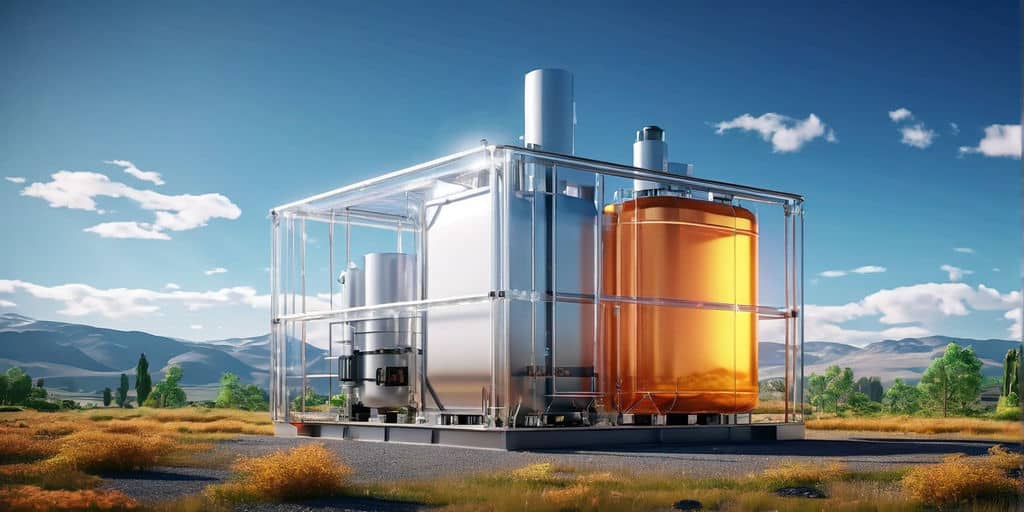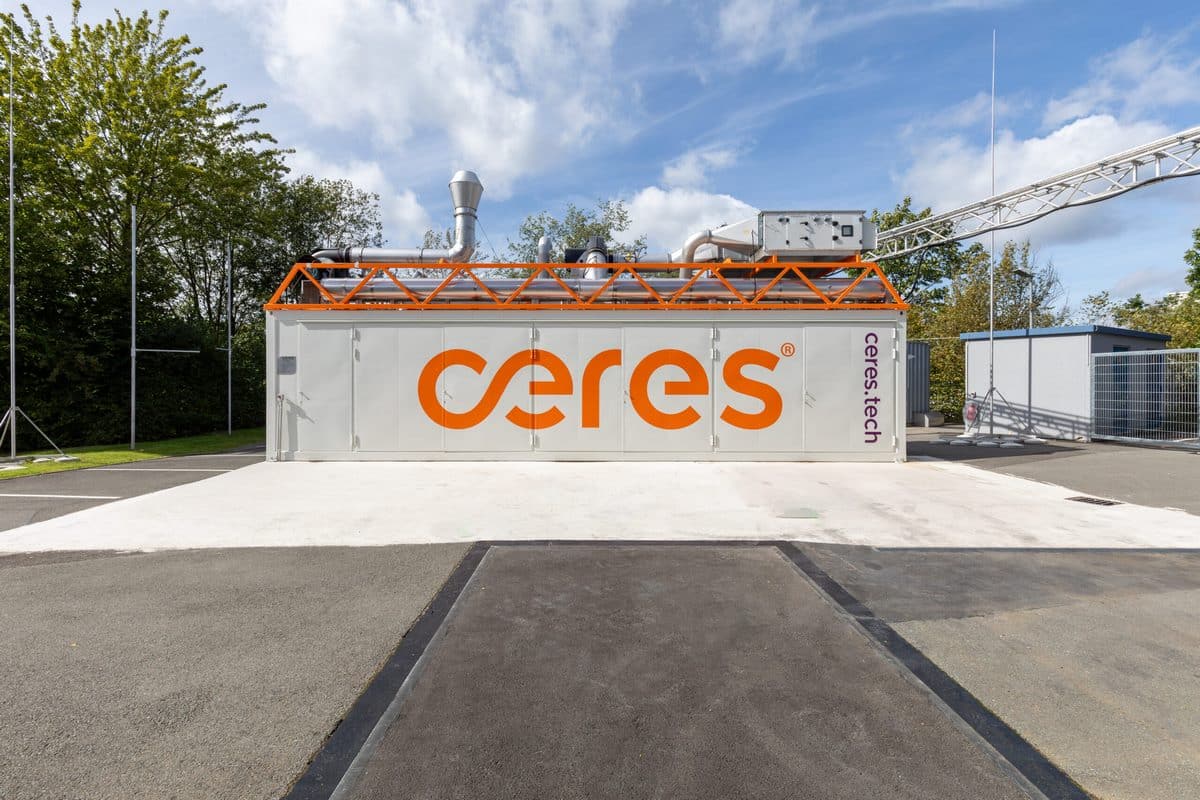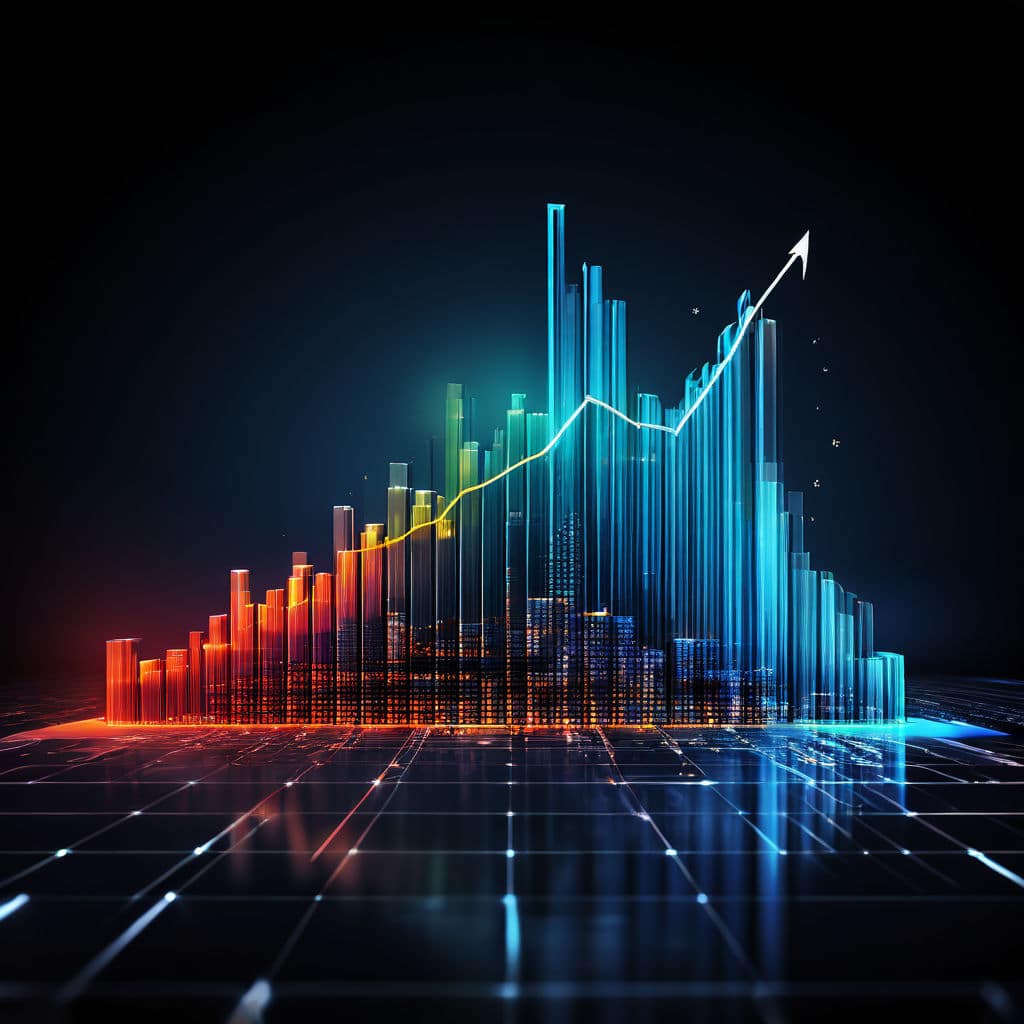Are iridium and platinum critical materials?
Hydrogen will have a crucial role to play in transforming the energy market. The first element of the periodic table has great potential to decarbonize much of the steel, cement and chemical industries as well as aviation, heavy-duty road haulage and maritime transportation. As a result, politicians across the EU are mapping out plans to support electrolyzer capacity increases and hydrogen production methods.
In December 2019, the European Commission presented its Green Deal, offering to fund climate action measures in the energy, transportation, trade, industrial and agricultural sectors to meet the EU’s aim of becoming climate neutral by 2050. When Covid-19 hit the world economy, doubts grew about whether the measures could move ahead as planned. But the commission is sticking to its guns, viewing the deal as Europe’s new path to growth.
On July 8, it published a hydrogen strategy as part of the Green Deal, focusing on green gas produced from clean electricity. With the help of carbon capture and storage, the commission also aims to have existing natural gas reformers converted to zero-carbon plants in the coming years so the carbon dioxide released during production can be stored underground. The Union’s 2024 target is a minimum of 6 gigawatts of electrolyzer capacity that can generate one million tons of hydrogen a year. By 2030, this capacity is set to grow to 40 gigawatts producing 10 million. Estimates show that putting up the electrolyzers will require between EUR 24 billion and EUR 42 billion by 2030. In the same period, between EUR 220 billion and EUR 340 billion will need to be invested in solar and wind farms for green hydrogen production.
The German hydrogen strategy, approved by the federal cabinet on June 10, is similar to Europe’s. Both have green hydrogen as their long-term goal. The budget for implementing Germany’s national plan has already been earmarked as part of the country’s second stimulus package, which is designed to lessen the impact of Covid-19. In all, the government will allocate EUR 9 billion for advancing the technology. The strategy determines how fast production will be ramped up and how much capacity will be added at every stage. The 2030 target is up to 5 gigawatts, including required offshore and onshore energy.
Another 5 gigawatts will possibly be added by 2035, at the latest by 2040. The strategy will also support research and development as well as the transfer of innovative hydrogen technologies. It will be a great boon to all those that have so far not been able to find other options for decarbonizing their business, such as steel manufacturers and aviation companies.
Water electrolysis
Even though the plans drawn up by both the EU and Germany state that there will be a short window to sell blue hydrogen in order to grow the market, the gas will eventually be produced by electrolyzers running mostly on clean power. These devices can use solar or wind energy to split water into hydrogen and oxygen. The key water-splitting technologies these days are polymer electrolyte membrane, alkaline and high-temperature electrolysis, known as PEMEL, AEL and HTEL, respectively.
Two of them, namely AEL and – for the most part – PEMEL, are already technologically advanced enough. By contrast, HTEL manufacturers are few and far between, and plant size and lifetime are not yet where they should be. At least in the short term, the main technologies used to establish a mass market will therefore be AEL and PEMEL. Slight differences in their technological makeup make them suitable for different sets of applications.
AEL has the big advantage that it does not require possibly critical raw materials. The electrolyte is a potassium hydroxide solution. The anode in commonly available electrolyzers is made of nickel, and the cathode consists of either nickel, steel or stainless steel. While AEL systems are relatively inexpensive, they are quite large, making them unsuitable for locations requiring compact solutions.
PEMEL is the technology of choice if space is limited or alkaline solutions are not an option, for example, in the proximity of offshore wind farms. The electrolyte of a PEMEL system consists of a proton-conducting polymer membrane and the catalyst is made of a precious metal, either iridium or platinum. Both of these components, however, increase system costs considerably.
Specialty metals for PEM electrolysis
A study called “Commercializing water electrolysis in Germany: Clean hydrogen opportunities and challenges in the transportation, power and heat markets (IndWEDe),” coordinated by hydrogen and fuel cell organization NOW, takes a closer look at, among other things, the criticality of several metals used in water electrolysis. In the case of PEMEL, the study’s authors focus on iridium and platinum as possibly hard-to-get materials.
One PEMEL catalyst material is iridium, which is added in thin layers to fuel cell anodes. Thanks to high corrosion resistance, iridium is a sensible choice for the oxidative and thus highly corrosive environment surrounding these anodes. Another catalyst for coating PEMEL electrodes is platinum. Often, a thin layer made from platinum also covers fuel cells’ bipolar plates to lower their surface contact resistance. These plates separate individual cells in a stack. They not only provide electrical conduction between cells but also supply water used for electrolysis and remove heat as well as reaction products.
The IndWEDe study offers both a conservative and an advanced technology innovation scenario, estimating the iridium and platinum quantities needed to run electrolyzers in Germany by 2050. Calculations were based on the number of components presumably needed in 2030 and 2050. While the conservative scenario assumes demand for specialty metals to remain at previous levels, technological progress in the innovation scenario will lead to reductions in the amount of metals required.
…
Enjoy reading more in the latest edition of the H2-International October 2020
Reference(s):
BGR – Bundesanstalt für Geowissenschaften und Rohstoffe (n. d.): Fachinformationssystem Rohstoffe, Hannover. Unpublished. Retrieved July 3, 2020.
Johnson Matthey (2020a): PGM Market Report May 2020, London.
Johnson Matthey (2020b): Prices – Price Tables – www.platinum.matthey.com/prices/price-tables# Retrieved July 3, 2020.
NOW GmbH (2018): Studie IndWEDe, Berlin.
Schmidt, M. (2015): Rohstoffrisikobewertung – Platingruppenmetalle, DERA Rohstoffinformationen 26, Berlin.
Author:
Viktoriya Tremareva
Deutsche Rohstoffagentur (DERA) at Bundesanstalt für Geowissenschaften und Rohstoffe (BGR)
























0 Comments